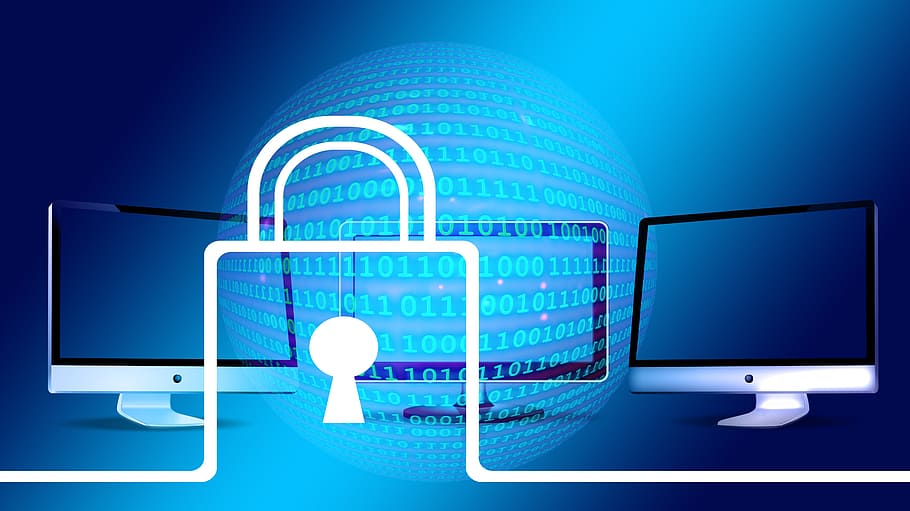An operating system is a piece of software that manages the allocation, distribution and execution of computer hardware with an aim to make it as easy for users as possible.
An OS not only provides access but also presentation: from booting up your machine in seconds or keeping track of what programs are running at any given moment – all without sacrificing power.
An operating system is the bridge between your computer and all of its components. It manages everything in relation to how fast they can operate, what kind of graphics processing unit (GPU) you have installed for better performance if any at all times when running certain programs like video games which require lots of visual representation on screen; it also creates an interface so services are executed by applications software without fussing about with complicated commands every time something new needs done.
An operating system has three main functions: managing the computer’s resources, such as memory and disk drives; establishing a user interface for both hardware-debugging issues with programs running on your desktop or laptop screen–but also providing services like office suites in order to make life easier by giving you more than what comes built in!
The OS also includes some really cool features that can help people get done what needs doing without spending hours searching google trying to find solutions; all this while making sure everything runs smoothly at any given time.
The operating system performs a number of essential functions in any device. These include instruction, memory management and file-related tasks to name just three out the many roles it plays within your chosen gadget! It also has an important role with processor prioritization for better performance levels under heavy loads or stress situations – this way you can get more done on one core than another depending upon how busy they are at that moment (keeping things running smoothly). The OS’s scheduler will plan which jobs should run when so there isn’t too much unpredictability about what might happen next; while security features ensure only approved programs have permissions required by their needs.
An operating system manages the allocation of computer hardware. The coordination between a user’s programs and what they’re doing on a system should be appropriate for proper functioning, as well as preventing any interference from occurring within this limbo between humans and machines by having an OS that can effectively communicate with all aspects involved in order to achieve its goals–making life easier or more convenient depending how you want it.
To learn more, click here.












